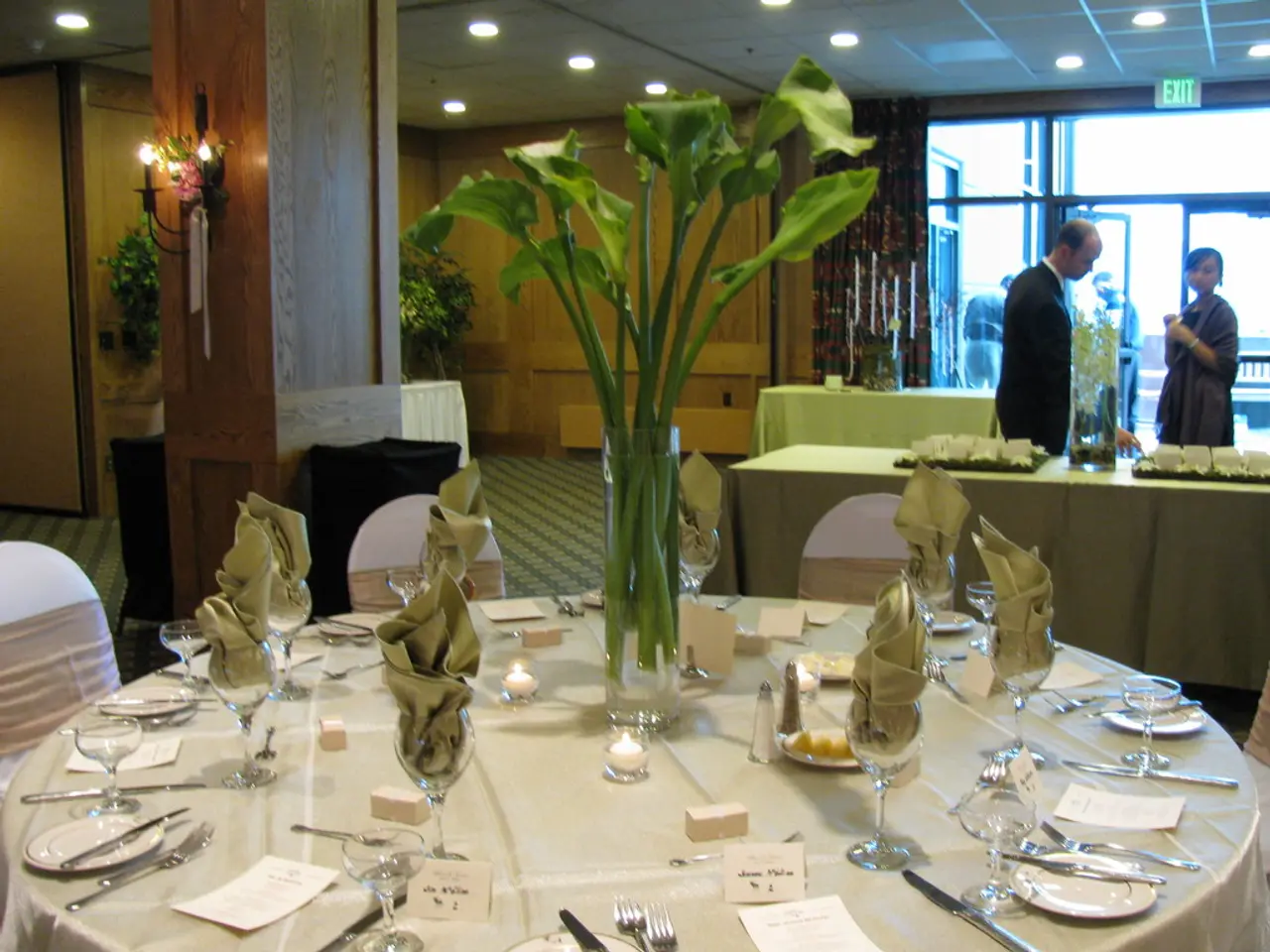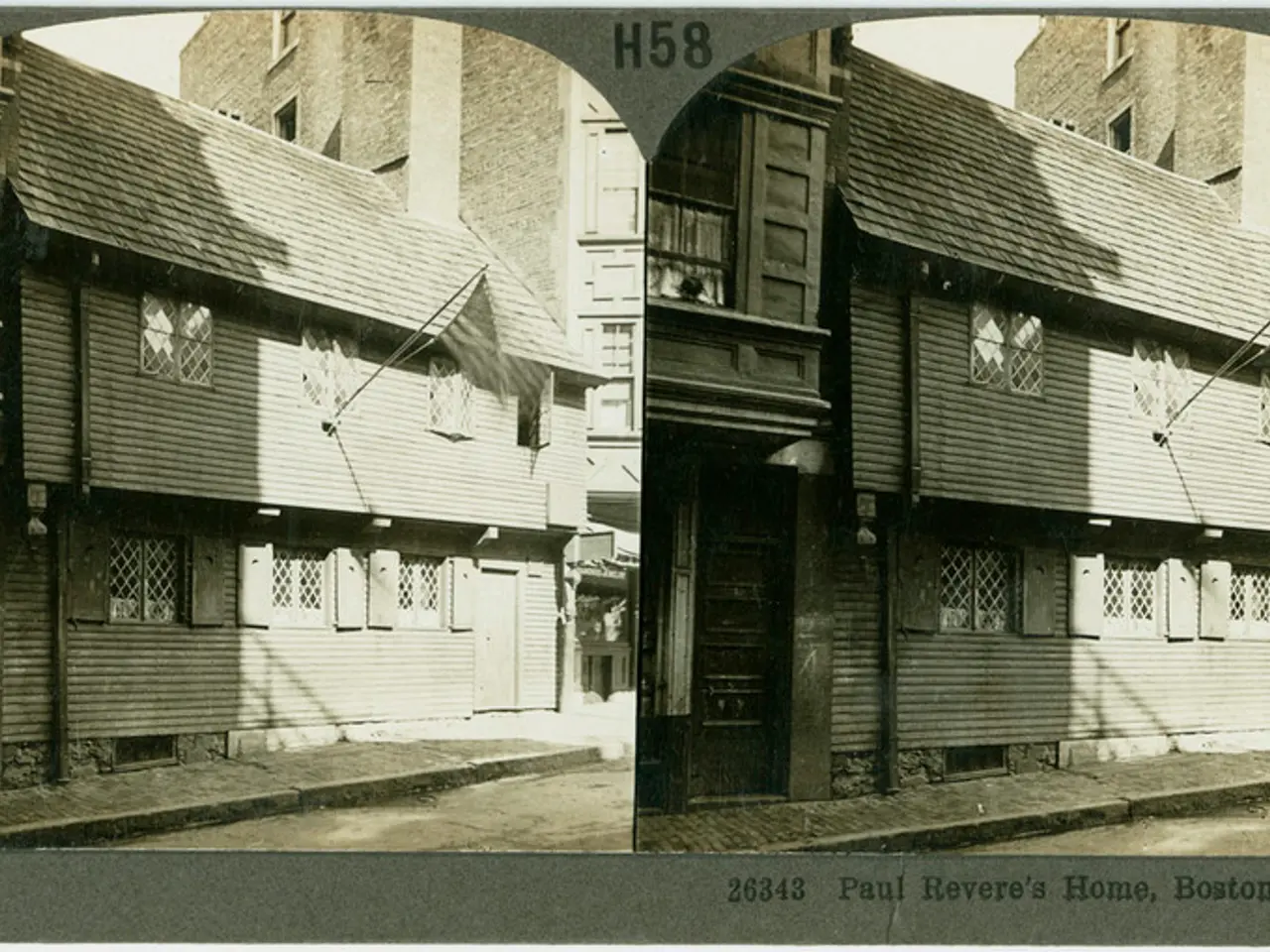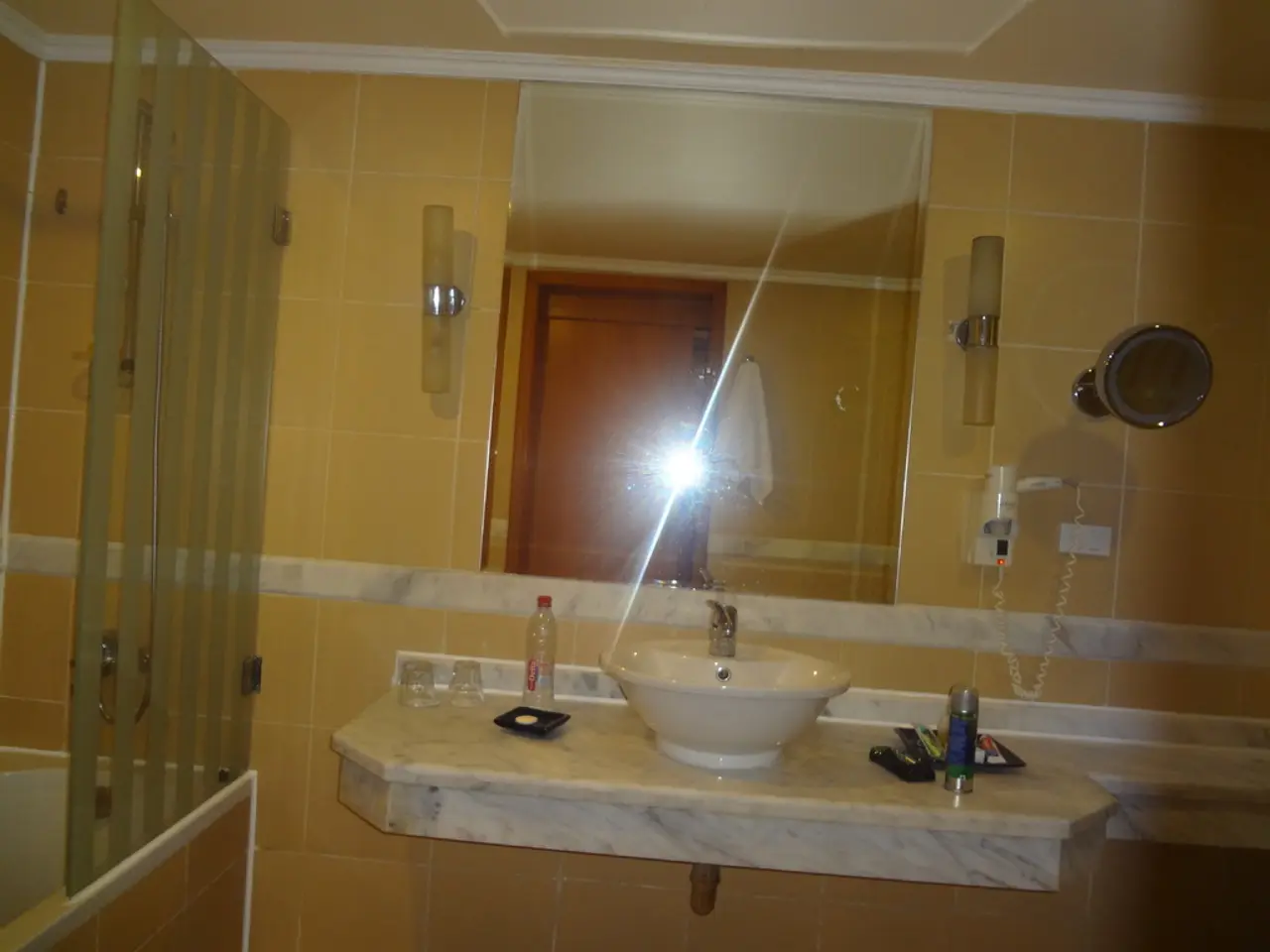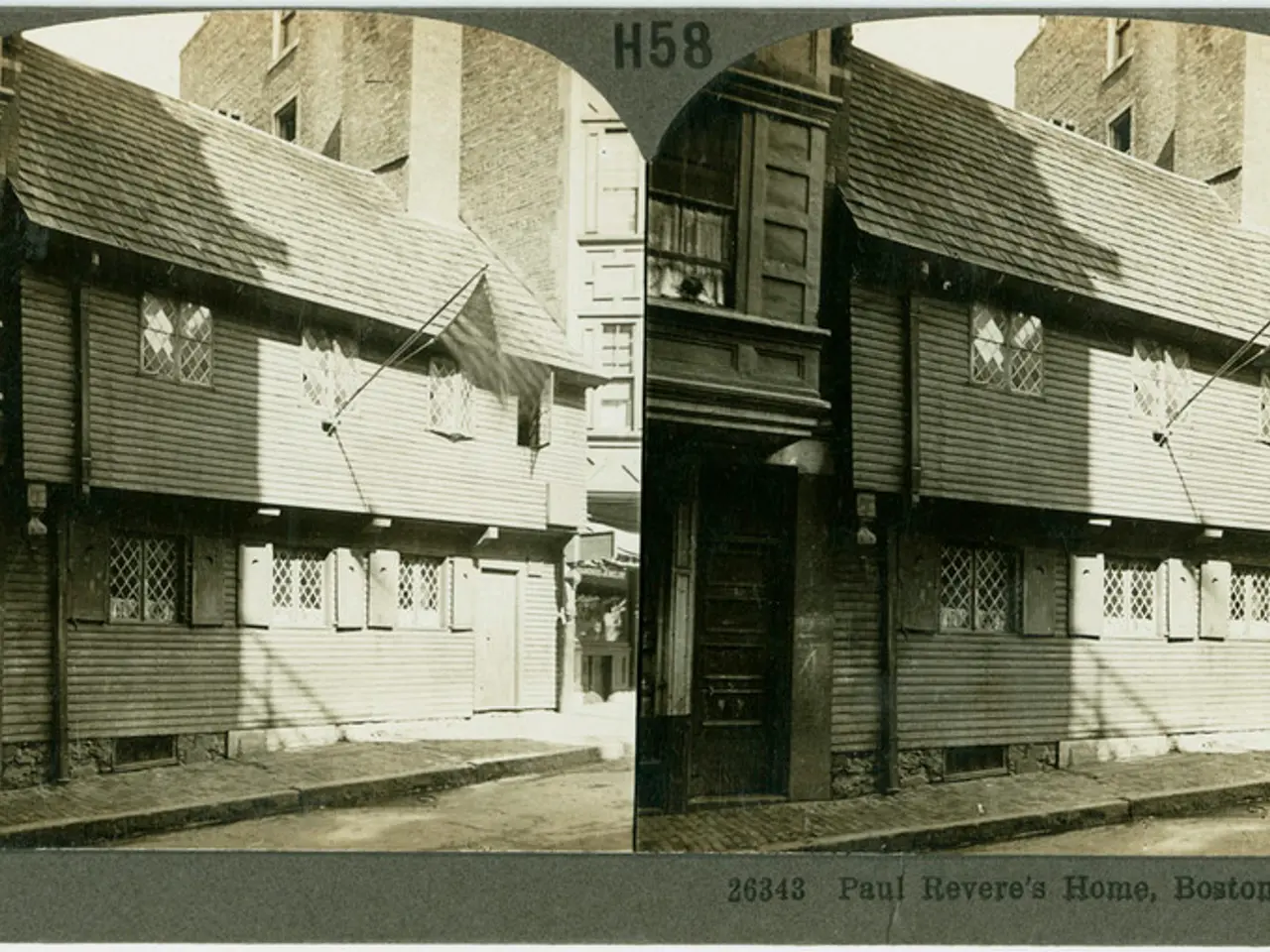Scandinavian Hosting Techniques: Creating an Atmosphere of Comfort, Serenity, and Bonding with Guests
In the heart of Scandinavia, hospitality takes on a distinct flavour, blending warmth, simplicity, and a deep connection to nature. This article delves into the unique aspects of hospitality in Sweden and Denmark, two countries renowned for their understated yet refined approach.
At the core of Danish hospitality lies hygge, a concept that broadly translates to comfort, coziness, and conviviality. Swedish hospitality, on the other hand, reflects lagom - a philosophy of moderation and balance. Together, these principles create intimate, relaxed environments often centred around food and communal experiences.
The focus on traditional, comforting home-cooked foods is evident in both countries. In Sweden, dishes like Swedish meatballs and pytt i panna are staples, while Danish frikadeller (meatballs) are served simply with local sides. This emphasis on sharing familiar, tasty meals contributes to a warm, unpretentious hospitality style.
The environments in which these meals are shared are equally important. Hospitality spaces in Denmark and Sweden often incorporate minimalistic, elegant design that promotes relaxation and enhances the social experience. From design-led stays in Danish cities to culinary bike tours, gastronomy and thoughtful surroundings blend seamlessly.
Respect for personal space and informality are key tenets of Nordic hospitality. Hosts tend to offer genuine warmth with a low-key approach, creating a comfortable setting where guests feel respected and free. Unannounced guests might find Swedish hospitality practices confusing, but the focus on individual comfort and privacy is deliberate and rooted in tradition.
Innovation is another hallmark of Nordic hospitality. The New Nordic cuisine, with its farm-to-table concepts and emphasis on local, fresh ingredients, exemplifies this blend of heritage with a modern sustainable mindset.
Swedes and Danes also prioritise spending time in nature, a practice known as friluftsliv. Activities such as walking, picking berries, kayaking, or simply sitting in the woods can be incorporated into guests' stays, offering a chance to get some air, get the blood pumping, and remove distractions and screens.
Creating hygge involves more than just good food and comfortable surroundings. Warm temperature, appropriate lighting, comfortable seating, and Scandinavian bedding are essential elements. Leaving a selection of scented products, extra duvets, and different Scandinavian-style sheets can make guests feel more at home. Even if nature is hard to come by, bringing it indoors with big, leafy plants can create a feeling of wellbeing.
In contrast to more formal or exuberant hospitality cultures found elsewhere, Swedish and Danish hospitality feels private, cozy, balanced, and deeply connected to local culture and nature. This deliberate, understated kindness values quality time, good food, simplicity, and respect for individual comfort, offering an experience that is both intimate and refined without being ostentatious.
In the hybrid-working era, fika - a sacred and mandatory social break for a hot drink, chat, and sometimes a pastry - is easy to recreate at home. Giving guests your full attention without discussing work is a key part of this tradition.
In summary, Nordic hospitality is a unique blend of warmth, simplicity, and respect for individual comfort. It offers an experience that is both intimate and refined without being ostentatious, making it a truly special part of Scandinavian culture.
[1] The New York Times, "Sweden's Fika: A Social Break, Sacred and Mandatory," 2022. [2] The Guardian, "The rise of design-led stays in Denmark," 2021. [3] The Local, "New Nordic cuisine: What it is and where to find it," 2020. [4] The Telegraph, "The joys of lagom: the Swedish art of not doing too much and not doing too little," 2018.
- Beyond the culinary and spatial aspects, creating hygge and lagom in hospitality involves elements like warm temperature, appropriate lighting, comfortable seating, and Scandinavian-style bedding to ensure guests feel at home.
- In the realm of fashion-and-beauty and relationships, the Swedish tradition of fika, a mandatory social break for a hot drink, chat, and sometimes a pastry, can be recreated at home, emphasizing quality time without discussing work.




